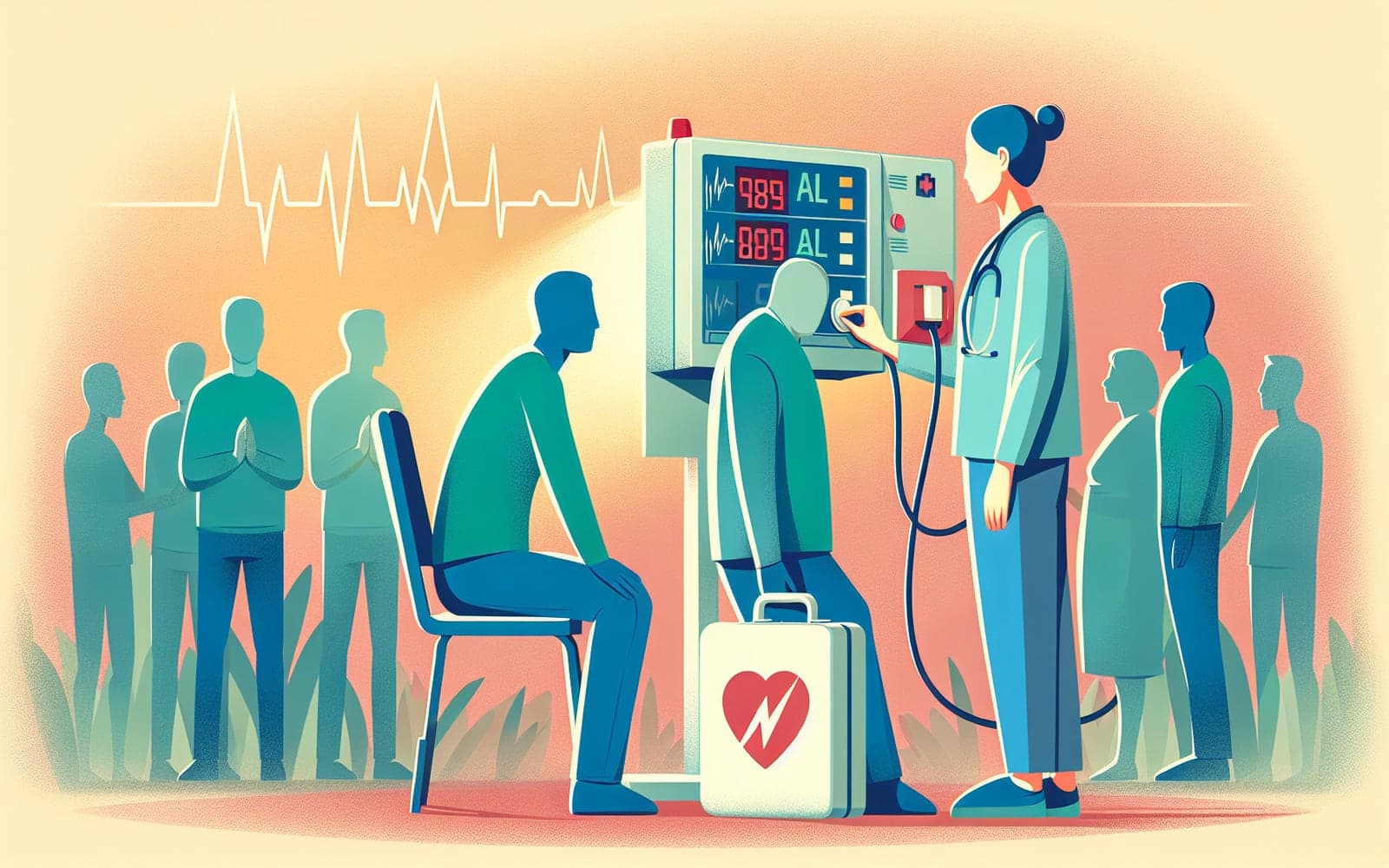The Life-Saving Power of Defibrillators
Published: Oct 02, 2023

Medically reviewed by Alan Lucks | MD, Alan Lucks MDPC Private Practice - New York on October 2nd, 2023.
Defibrillators are critical in treating cardiac arrest, providing the shock needed to restart a stopped heart. Understanding their role can help you appreciate their life-saving power.
Contents
What is a Defibrillator?
A defibrillator is a medical device that delivers an electric shock to the heart. This shock can stop an irregular heartbeat and allow a normal rhythm to resume, crucial during cardiac emergencies.
Types of Defibrillators
There are several types of defibrillators, including Automated External Defibrillators (AEDs) and manual defibrillators. AEDs are found in public places and are designed for use by anyone, while manual defibrillators are used by medical professionals.

Using a Defibrillator
Using a defibrillator involves attaching pads to the patient's chest and following the device's prompts. AEDs guide users through the process, making them accessible to non-professionals in emergencies.
Frequently Asked Questions
It delivers an electric shock to the heart to restart a normal rhythm.
Types include AEDs for public use and manual defibrillators for professionals.
Anyone can use an AED, as it guides users through the process.
Key Takeaways
Defibrillators are essential in saving lives during cardiac emergencies, and knowing how to use them can empower you to act quickly.
Learn more about defibrillators and their use with Doctronic's guidance.Related Articles
References
Myat A, Song KJ, Rea T. Out-of-hospital cardiac arrest: current concepts. Lancet 2018; 391:970.
Hazinski MF, Nolan JP, Billi JE, et al. 2010 International Consensus on Cardiopulmonary Resuscitation and Emergency Cardiovascular Care Science With Treatment Recommendations. Circulation 2010; 122:S250.
This article has been reviewed for accuracy by one of the licensed medical doctors working for Doctronic. Always discuss health information with your healthcare provider.

